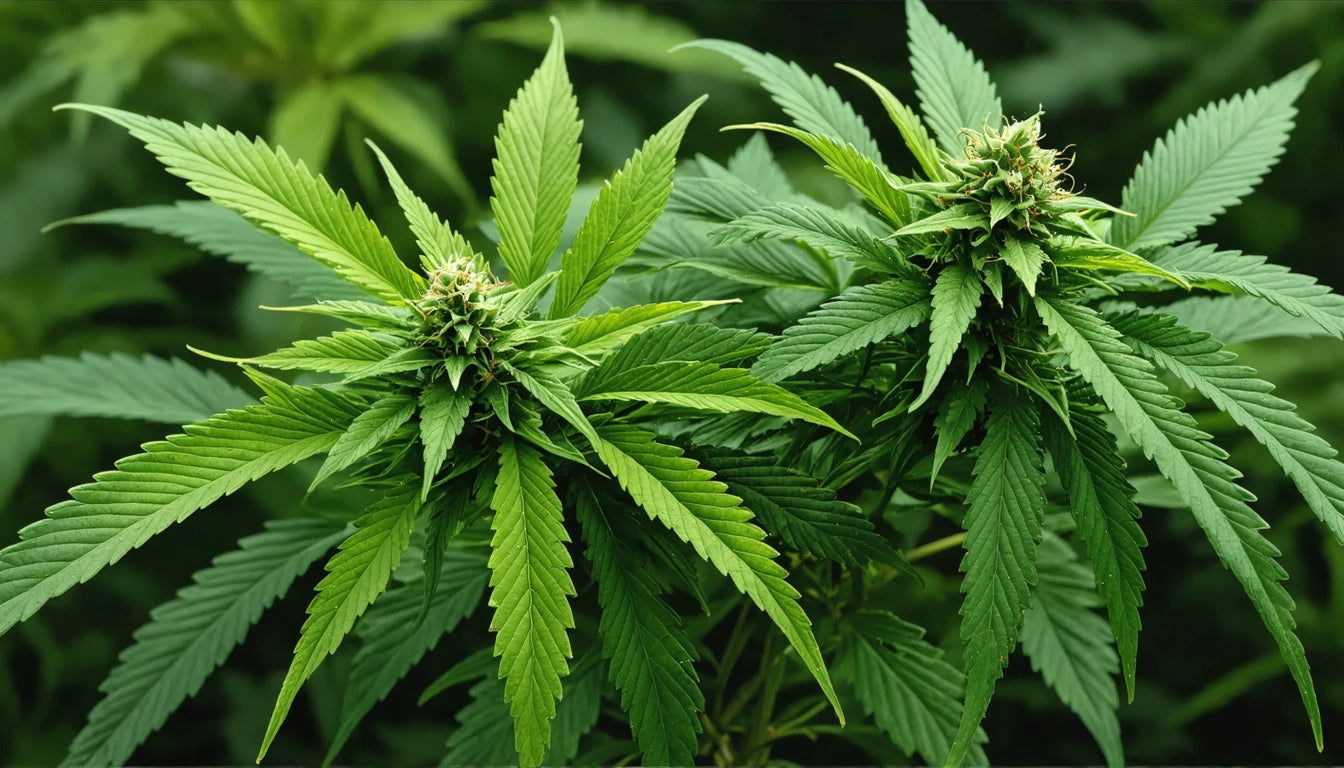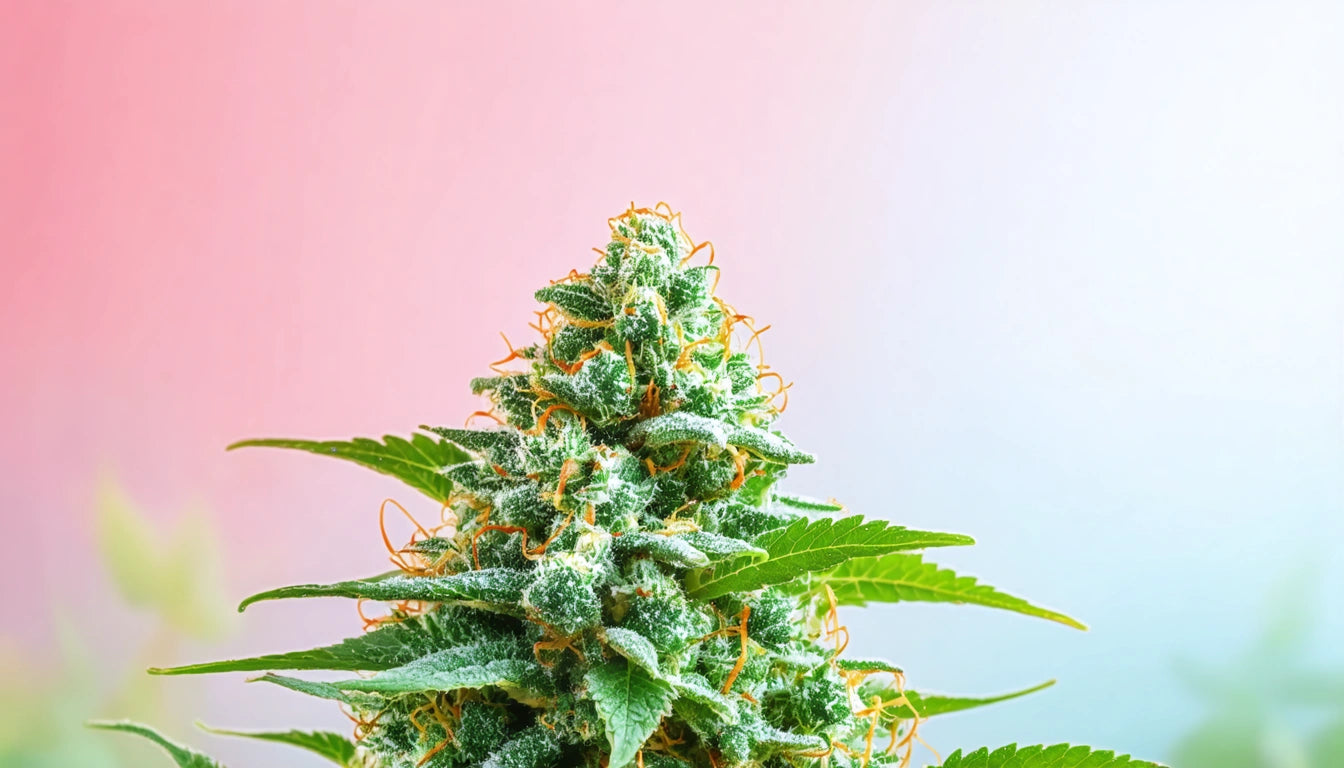Table of Contents
- Understanding Cubic Meters: The Basics of Volume Measurement
- Converting CBM to Cubic Feet: Step-by-Step Guide
- Converting Centimeters to Cubic Meters: Simple Formulas
- Converting Cubic Centimeters to Cubic Meters: Decimal Shifts
- Calculating Cubic Meters for Different Shapes
- Practical Applications of Cubic Measurements in Packaging
- Tools and Resources for Accurate Cubic Calculations
Mastering Cubic Measurements: Converting and Calculating Cubic Meters
Understanding cubic measurements is essential for various industries, from shipping and logistics to construction and packaging design. Cubic meters (m ³) serve as the standard unit for measuring volume in the metric system. Whether you need to convert between different cubic units or calculate the volume of various shapes, this guide will provide you with the knowledge and tools to master cubic measurements.
Understanding Cubic Meters: The Basics of Volume Measurement
A cubic meter represents the volume of a cube with sides measuring one meter in length. It's the equivalent of 1,000 liters or 1,000,000 cubic centimeters. In international shipping, packaging, and warehousing, cubic meters (often abbreviated as CBM) are the standard unit for calculating shipping volume and storage space.
Understanding cubic measurements begins with grasping the relationship between linear measurements and volume. As explained in our guide to measuring length, width, and height, these three dimensions multiply together to determine volume.
Converting CBM to Cubic Feet: Step-by-Step Guide
To convert cubic meters (CBM) to cubic feet, use the conversion factor: 1 cubic meter = 35.3147 cubic feet.
Simple Conversion Formula:
Cubic Feet = Cubic Meters × 35.3147
For example, if you have 2.5 cubic meters:
- Cubic Feet = 2.5 × 35.3147
- Cubic Feet = 88.29 ft ³
This conversion is particularly useful when working with international shipping where cubic meters are standard but local measurements might use the imperial system. For more on measurement standards, refer to our comprehensive guide to measuring in inches and centimeters.
Converting Centimeters to Cubic Meters: Simple Formulas
To convert centimeters into cubic meters, you need to account for all three dimensions. Since 1 meter equals 100 centimeters, 1 cubic meter equals 1,000,000 cubic centimeters (100 ³).
Formula for Converting Linear Measurements:
Cubic Meters = (Length in cm × Width in cm × Height in cm) ÷ 1,000,000
For example, if you have an object measuring 50 cm × 40 cm × 30 cm:
- Volume in cubic centimeters = 50 × 40 × 30 = 60,000 cm ³
- Volume in cubic meters = 60,000 ÷ 1,000,000 = 0.06 m ³
Converting Cubic Centimeters to Cubic Meters: Decimal Shifts
Converting cubic centimeters (cm ³) to cubic meters (m ³) is straightforward using the relationship: 1 m ³ = 1,000,000 cm ³.
Conversion Formula:
Cubic Meters = Cubic Centimeters ÷ 1,000,000
Alternatively, you can simply move the decimal point six places to the left:
- 500,000 cm ³ = 0.5 m ³
- 2,500 cm ³ = 0.0025 m ³
- 75 cm ³ = 0.000075 m ³
This conversion is essential when working with product dimensions that may be listed in different units.
Calculating Cubic Meters for Different Shapes
Determining cubic meters involves different formulas depending on the shape of the object or space you're measuring.
For Rectangular Objects:
Volume (m ³) = Length (m) × Width (m) × Height (m)
For Cylindrical Objects:
Volume (m ³) = Ï€ × Radius ² (m) × Height (m)
For Spherical Objects:
Volume (m ³) = (4/3) × Ï€ × Radius ³ (m)
When packaging products like our custom pre-roll cones for cannabis products, accurate volume calculations ensure efficient use of materials and shipping space.
Practical Applications of Cubic Measurements in Packaging
Understanding cubic measurements has several practical applications, particularly in the packaging industry:
- Shipping Calculations: Freight costs often depend on both weight and volume (cubic meters).
- Packaging Design: Optimizing package dimensions can reduce material usage and shipping costs.
- Storage Planning: Warehouse space is typically calculated in cubic meters.
- Product Development: Volume considerations affect container design and product quantity.
For businesses shipping products, knowing how to accurately measure a box for shipping is essential for cost estimation and logistics planning.
Tools and Resources for Accurate Cubic Calculations
Several tools can help you calculate and convert cubic measurements accurately:
- Digital Calculators: Online conversion tools that instantly convert between cubic units.
- Spreadsheet Formulas: Create templates in Excel or Google Sheets for recurring calculations.
- Measuring Devices: Digital calipers and laser measuring tools provide precise linear measurements for volume calculations.
- Mobile Apps: Specialized apps can calculate volume from photos or measurements.
When working with smaller measurements, understanding the concept and size of standard units helps ensure accuracy in your calculations.
Mastering Cubic Conversions for Business Efficiency
Proficiency in cubic measurements and conversions translates directly to business efficiency. By mastering these calculations, you can optimize packaging designs, reduce shipping costs, and improve inventory management. Whether you're converting CBM to cubic feet or determining the volume of complex shapes, these skills are invaluable across industries.
For businesses in specialized fields like cannabis packaging, understanding precise measurements becomes even more critical due to regulatory requirements and the need for child-resistant packaging that meets specific dimensional standards.
Remember that consistency in measurement units throughout your operations prevents costly errors and ensures smooth communication with suppliers, carriers, and customers. Taking the time to master cubic measurements is an investment that pays dividends in operational efficiency and cost savings.











Leave a comment
All comments are moderated before being published.
This site is protected by hCaptcha and the hCaptcha Privacy Policy and Terms of Service apply.